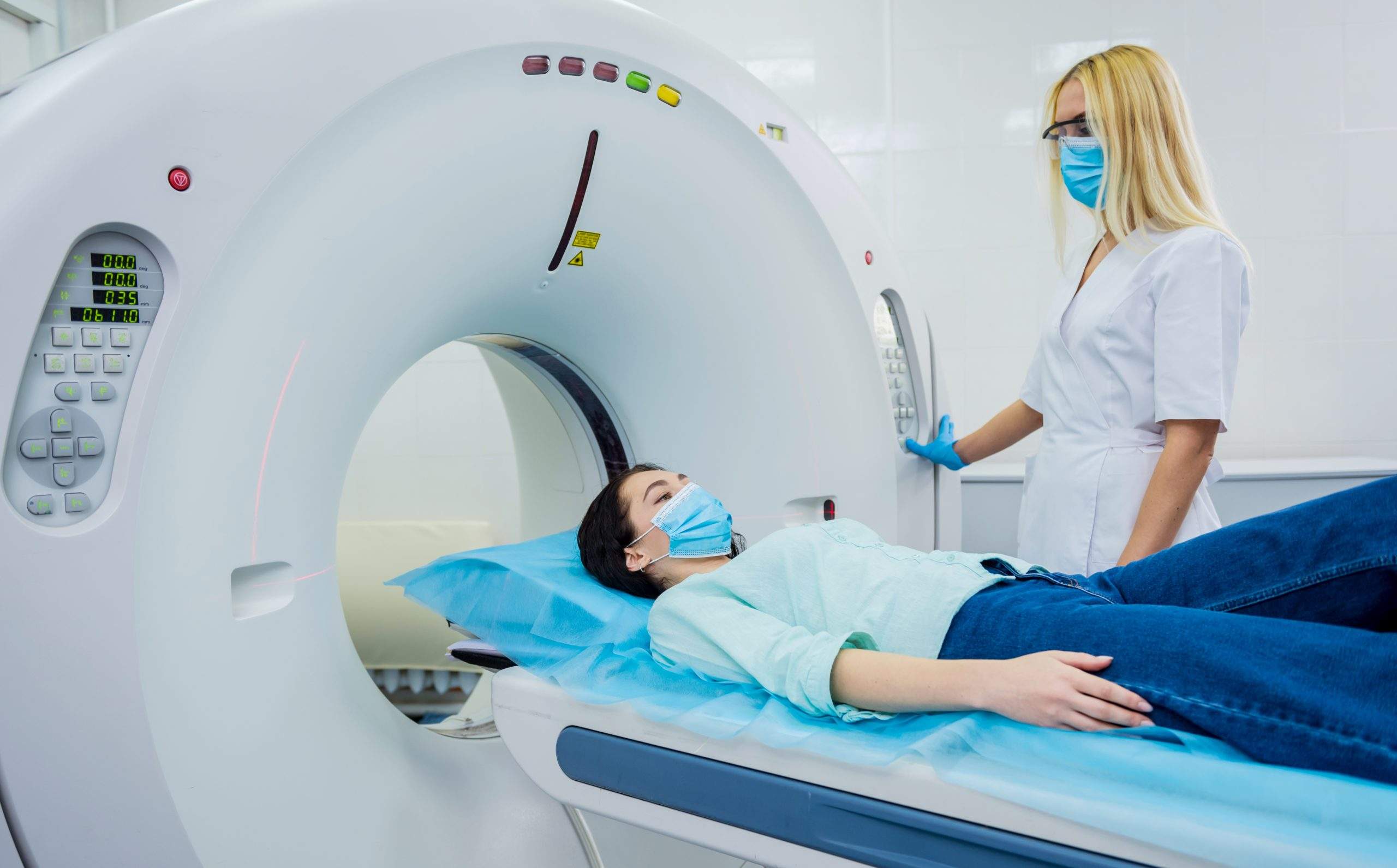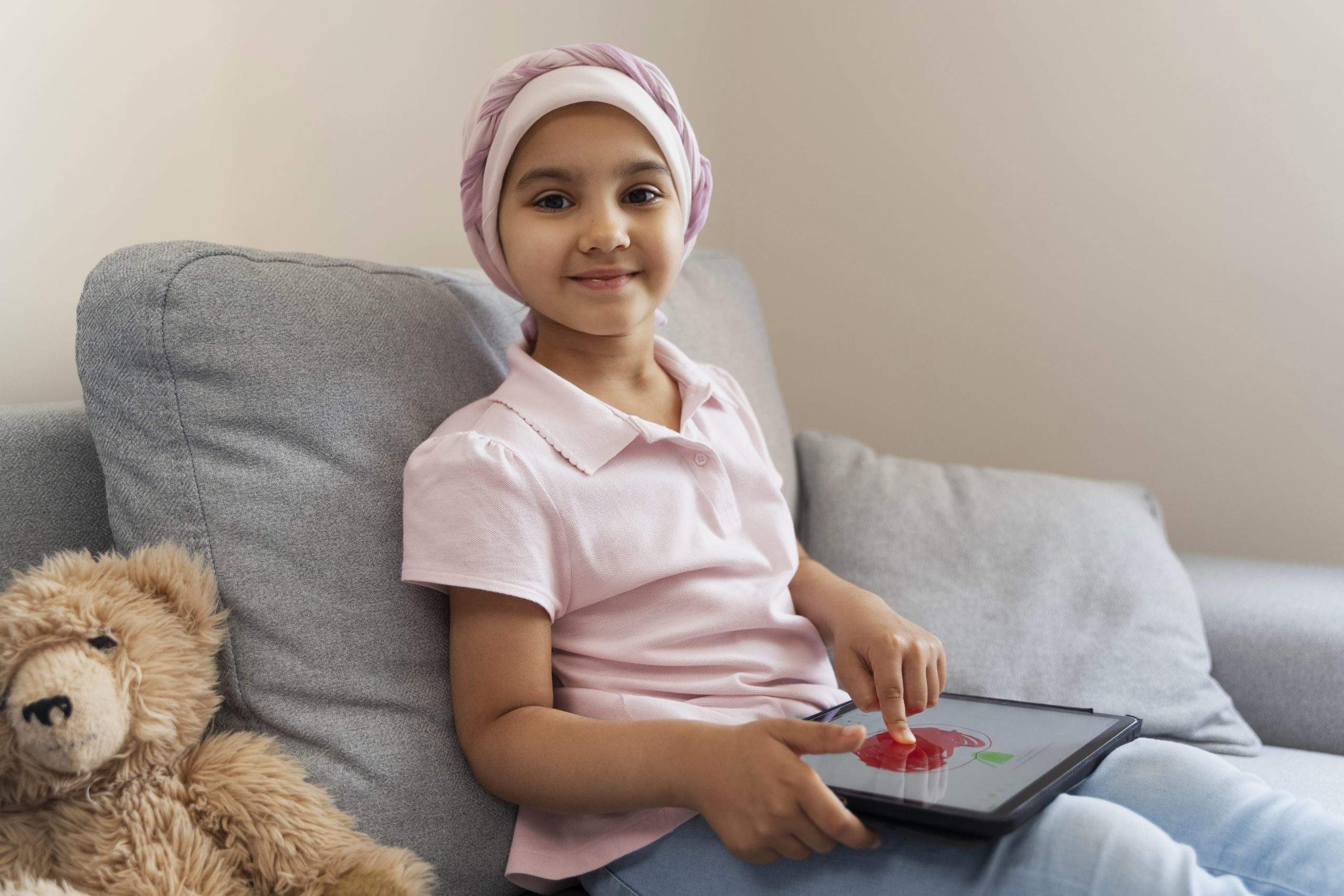For numerous individuals diagnosed with breast cancer, radiation therapy is an essential component of their treatment regimen. How does it differ from procedures like chemotherapy or hormone therapy, and what is its role alongside surgery?
Radiation therapy, also known as radiotherapy, tackles breast cancer by eliminating cancer cells that might persist after surgery and are undetectable through diagnostic imaging.
Why do we employ radiation for breast cancer treatment?
At the Mahatma Gandhi Cancer Hospital & Research Institute, our specialists tailor radiation treatment plans to suit each patient’s unique cancer situation. To minimize adverse effects, radiation is focused solely on areas considered high-risk for concealing any remaining breast cancer cells.
Radiation therapy enables us to manage early-stage breast cancer cases using breast-conserving surgery, avoiding mastectomy. Previous clinical trials show that the odds of breast cancer recurrence are equivalent whether a patient undergoes a mastectomy or breast-conserving surgery followed by radiation therapy.
For advanced breast cancers, radiation therapy is employed to eliminate cancer cells that might be hidden in the lymph nodes. While systemic treatments like chemotherapy target breast cancer cells in the bloodstream, radiation therapy effectively addresses any lingering cancer cells in breast tissue or lymph nodes, thus reducing the risk of recurrence.
What kinds of radiation therapy are typically used for breast cancer treatment?
Breast cancer is frequently managed using a technique known as external beam radiation therapy. This involves employing a machine called a linear accelerator (LINAC) to direct radiation beams to specific body areas. These beams could be composed of high-energy photons (X-rays), electrons, administer the radiation dose.
Here are other prevalent radiation therapy methods for breast cancer treatment:
- 3-Dimensional Conformal Radiation Therapy (3D-CRT): This technique deploys multiple beams to deliver radiation to high-risk recurrence areas within the breast, chest wall, and regional lymph nodes. Advanced software ensures targeted radiation while safeguarding nearby healthy tissues.
- Volumetric Modulated Arc Therapy (VMAT): Using a rotating radiation beam delivered at various, this approach finely adjusts radiation doses with the help of metallic leaves. It can enhance dose administration while minimizing exposure to healthy organs.
What should breast cancer patients anticipate if radiation therapy is part of their treatment course?
Based on CT scans, your radiation oncologist will meticulously plan radiation doses for areas at the highest risk of harbouring cancer cells while safeguarding normal tissues like the heart and lungs.
A standard course of breast radiotherapy entails 1 to 5 weeks of daily treatment, sometimes as brief as 5 days for early-stage breast cancer.
Expect to allocate 30 to 60 minutes daily for treatment, with actual radiation delivery lasting just a few minutes. Quality assurance steps, including imaging studies, ensures precise and safe treatment.
To minimize heart toxicity and target area motion during treatment, a breath-hold technique might be employed. This expands the lungs and moves the heart away from the chest wall, where most radiation is directed. Discuss DIBH technique with your doctor during left side breast cancer radiation.
Maintain stable weight during treatment, as consistency between the initial and final days is vital due to the treatment plan’s alignment with your body’s contours during the CT simulation.
What side effects should breast cancer patients anticipate from radiation therapy?
Advancements in breast radiation have transformed the landscape in recent years. Many patients worry about the side effects their older relatives experience. While responses vary, most patients find the actual side effects milder than expected.
Common initial side effects for breast cancer patients undergoing radiation therapy are skin irritation and fatigue. Skin reactions can range from slight reddening to peeling, resembling a sunburn, and generally resolve after therapy.

Written by
Dr. Partha Sarathi Bhattacharyya,
MD, Radiation Oncologist
Mahatma Gandhi Cancer Hospital and Research Institute, Visakhapatnam













